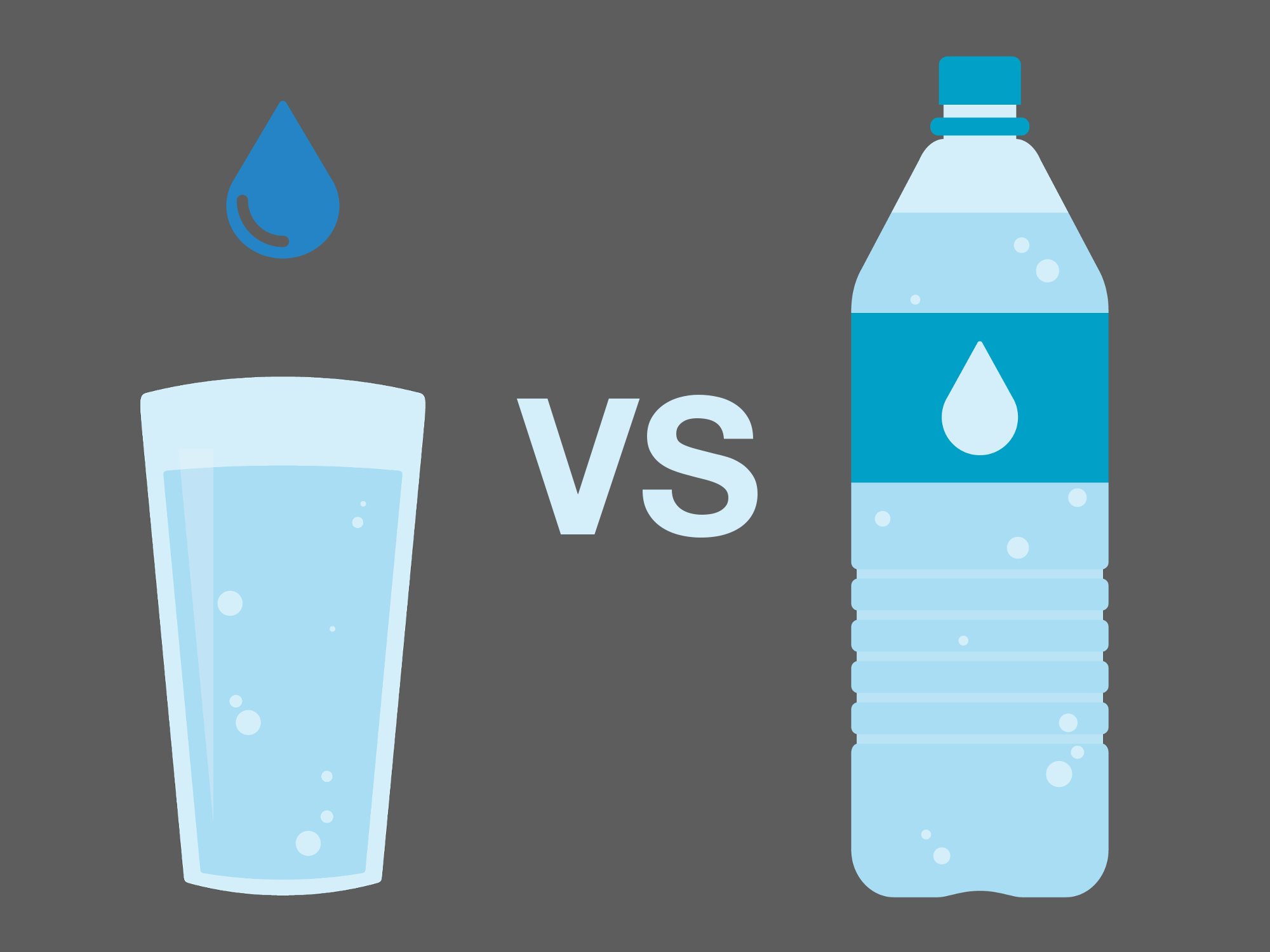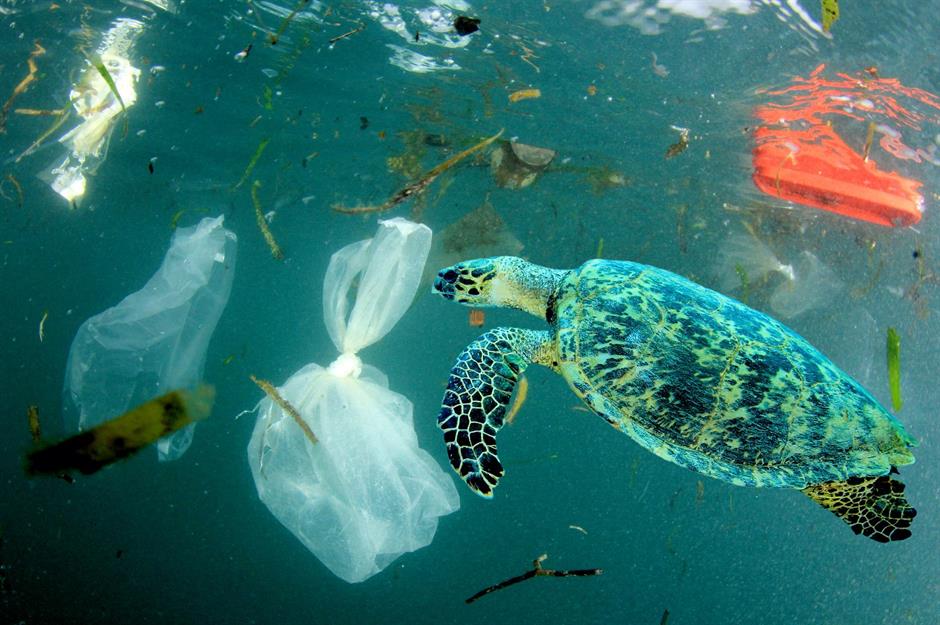
Plastic pollution is a problem in the world that causes disease. It also threatens ocean health, food safety, and quality, human health, and contributes to climate change. This can be a big problem for the world that can cause humans and animals to potentially die. If you eat seafood your in for some big trouble... Sea creatures are major species that are affected by plastic pollution. After they eat the plastic they would be on your plate, since they still have those tiny pieces of plastic also called microplastics you are going to be digesting them too! The plastics cause cancer, disabilities, immune system problems and childhood development issues, and more!
There are now 5.25 trillion macro and micro pieces of plastic in our ocean & 46,000 pieces in every square mile of ocean, weighing up to 269,000 tonnes. Every day around 8 million pieces of plastic makes their way into our oceans. 79% of plastic waste is sent to landfills or the ocean, while only 9% is recycled, and 12% gets incinerated. Between 4.8 and 12.7 million tonnes of plastic pieces are dumped into our oceans yearly. One garbage truck of plastic is discarded into our oceans every minute. The marine life is in danger and that puts us in danger too. We need to act fast before any more of this happens. Soon some of the animals will go extinct. Yearly, up to 12.7 million tonnes of plastic enters our oceans. It escapes from landfill sites, floats down our drains, ends up in rivers, and makes its way into our oceans. A lot of plastic waste is invisible to the naked eye, it collects in ocean gyres, where marine life feeds. It’s not only the single-use plastic, such as plastic bottles and straws you use but the microbeads in your cosmetics, the fibers in your clothing, and in your teabags. As only 1% of this plastic floats, everything else sinks to the floor polluting the most remote places on earth. At the rate we’re still using plastic, the problem is set to increase tenfold. The impact this has on the ecosystem, marine life, and humans are potentially irreversible.

You should always help the nature around you. This is because the earth is like your mother and I'm sure you do not want your mother to get harmed. Earth provides you with the necessary things to survive. If earth exists living things exist. Do you think you should help your mother? Of Course! Even if you do not have a good relationship with your human mom, mother nature is always there for you :). Now, let's make a difference togethter and restore mother nature once and for all!

•Reuse/Recycle plastic bottles into an art project
•Try to use tap water over bottled water
•Bring your own bag to a store exept of using plastic bag
•If your going to buy a car, buy a Hybrid/Electrical car
About 8.3 billion tonnes of plastic has been produced since the 1950s – the weight of roughly a billion elephants or 47 million blue whales.
Only about 9% of this plastic has been recycled, 12% has been burned and the remaining 79% has ended up in landfills or the environment.
Scientists have documented 700 marine species affected by ocean plastic.
People living along rivers and coastlines in China, Indonesia, the Philippines, Thailand, and Vietnam are the most impacted by plastic pollution.
Government and corporate investment in reuse models and new ways to deliver products using less or no packaging.
UK retailer Iceland committed to going plastic free for all of its own brand products.
Facts Information From: https://www.greenpeace.org/usa/key-facts-about-plastic-pollution/
Hello! My name is Shreya Sethi an 11 year old girl living in NY. I created this website to let people know about plastic pollution. Hope you learned something new with this website. This website is my final project to Columbia University 101 Youth Climate Summit, I've learned a lot from Mari and Chirs (Teachers), Thank You For Stopping By!
